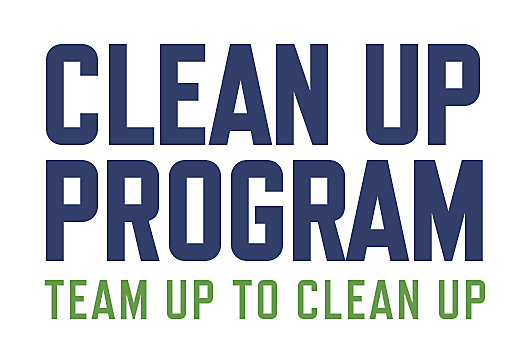Clean Up Your Fat
Oxidation of fats and oils, an irreparable process, occurs when oxygen is absorbed because of free radicals attacking the fatty acids. This process results in a conversion of the fatty acids into harmful byproducts, including peroxides and aldehydes. When fed to animals, the toxic contaminants in the fat may lead to internal oxidative stress, negative gut health implications and immunity challenges for the animal. Research has shown that oxidized fat, when fed to animals, can decrease feed to gain by up to 4 pts.1
Stabilizing fats and oils to protect them from the effects of oxidation is a key factor in the effort to maintain the nutritional value of feeds while improving overall animal health and performance.
Clean Up Your Grain
For livestock and poultry producers, the single largest ingredient in diets is grain. Whether the grain is corn, wheat, barley, sorghum, or another source of starch, quality begins to degrade the day the crop is harvested. After harvest, there are several steps in the supply chain through which grain is transported, stored and processed. Each step increases losses in quality, quantity and nutrient content, and these losses build up.
The presence of mold in feed is not often considered an issue in livestock and poultry production–but research demonstrates the detrimental impact mold can have on performance. Research by Bartov et al., published in the Journal of Poultry Science in 1982, showed mold development reduced fat content from 3.9% to 2.2%.2 Research by Kao and Robinson in 1972 showed that mold growth had a dramatic effect on the nutritional content of grain and feed.3
Preservation of grain quality as it passes through the supply chain means better performance for livestock producers. Controlling mold growth during storage helps retain the energy, amino acids and vitamin levels found in the crop at harvest. Application of grain preservatives can control mold growth and help maintain the quality of the grain during storage.
Clean Up Your Feed
Maintaining quality of raw materials as they enter the feed mill helps ensure feed integrity. But what about after feed leaves the mill? “Moisture in feed bins, mold in conveyors and feed lodged in the corners of feed pans are just a few of the problems which conspire to impact feed integrity,” says Kremer.
Safeguarding feed quality starts when raw materials arrive at the feed mill and continues through manufacturing and storage. Nutritionists carefully formulate diets to meet animal growth and performance requirements and rely on the feed mill to supply the highest quality ingredients. Controlling molds and mycotoxins in feed is key when considering your feed quality. Depending on the age of the animal and the concentration of mycotoxin exposure, animal response to mycotoxins in feed can have extensive implications to an animal’s intestinal health, internal organs and immune system. At times, multiple mycotoxin exposures in feed can have greater negative effects than a single mycotoxin.4
Clean Up Your Water
The most essential component of an animal's diet is water. Often a forgotten management element, water quality plays a significant role in overall animal health and production performance. As seasons change, so can the quality of water through the rapid growth of microorganisms, leading to the development of biofilms in the water lines. These biofilms harbor many types of bacteria and pathogens, including Salmonella, E. coli, Pasteurella, Streptococcus and Clostridium, which animals can be exposed to when drinking water.5
The Kemin Clean Up Program
Cleaning up fat, grain, finished feed and water takes a programmed approach. Producers need to Team Up to Clean Up with the Kemin Clean Up Program. The Kemin Clean Up Program offers products and solutions targeting those specific profit-robbing contaminants in your fat, grain, finished feed and water. As the recognized authority in feed and water quality, Kemin helps you maintain maximum performance.
References
1Kemin Internal Document, 14-00136.
2Bartov, I., N. Paster, and N. Lisher. 1982. Poultry Science. 61:2247-2254.
3Kao, C., and R. J. Robinson. 1972. J. Food Sci. 37:261.
4https://www.ncbi.nlm.nih.gov/pmc/articles/PMC5382503/.
5Hancock, A., J. Hughes, and S. Watkins. 2007. In search of the ideal water line cleaner. Avian Advice. 9(1):1-3. University of Arkansas Cooperative Extension Service, Fayetteville, AR.


